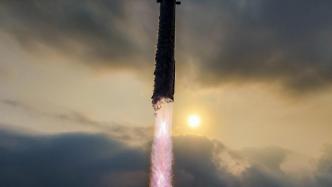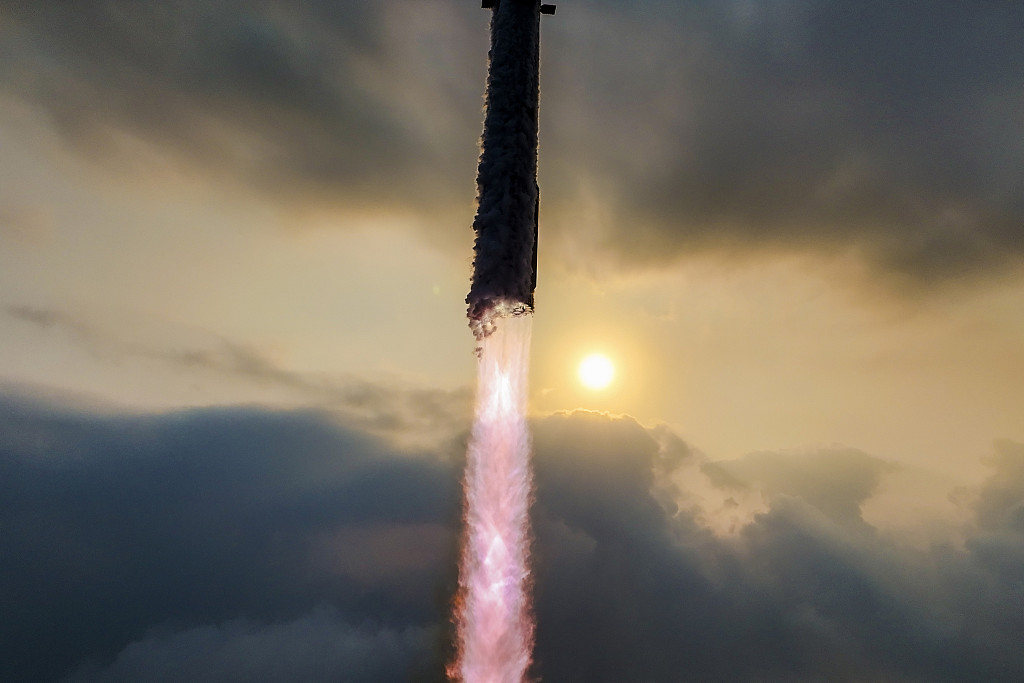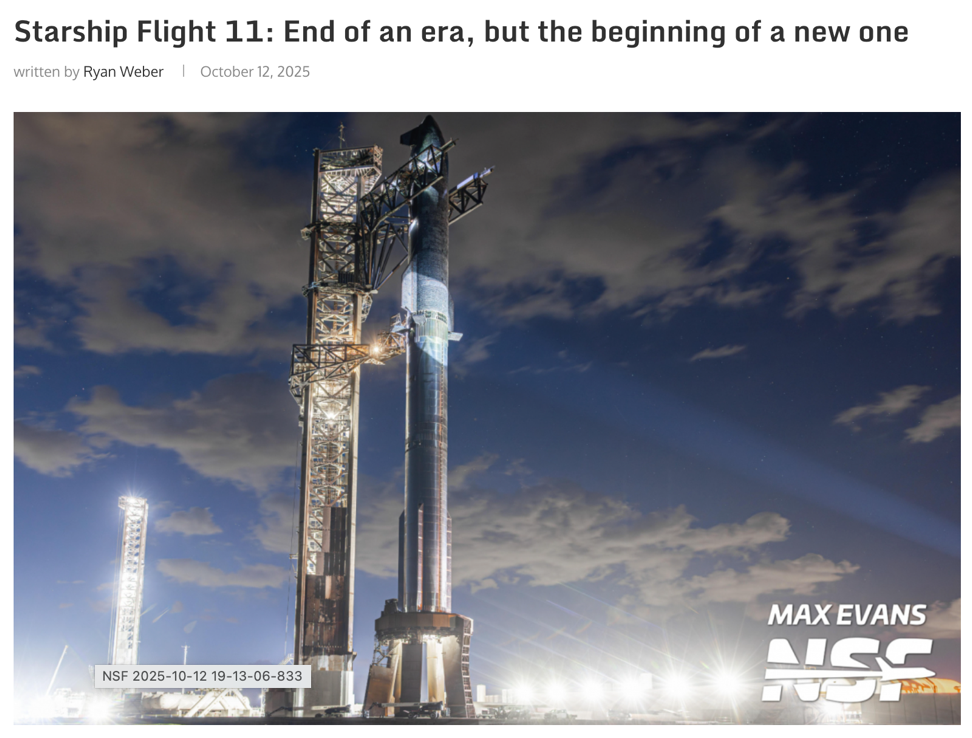
On the 6th, U.S. Central Time, the U.S. Space Exploration Technology Company's new-generation heavy-lift launch vehicle "Starship" and the spacecraft integrated system conducted its fourth test launch. Not only did it achieve a "soft landing on the sea surface" for the first time, it also obtained a large amount of valuable data for future development Coming down paved the way for more breakthroughs.

On June 6, local time, SpaceX conducted the fourth flight test of the Starship. Visual China Map
Is "soft landing on the sea" important? How far has Starship taken toward full reusability? In order to have the ability to be fully reused and even achieve the goal of landing on the moon, what technical difficulties remain to be overcome for the "starship"?
How "Starship" "soft lands on the sea"
"Starship" is a recyclable and reusable space transportation system. It consists of two parts. The first stage is a "Super Heavy" booster about 70 meters long, and the second stage is a "Starship" spacecraft about 50 meters long.
After the test was completed, SpaceX founder Musk said on social media that despite damage to the flaps of the Starship spacecraft (the second stage), it still successfully landed on the sea surface softly.
Judging from the live broadcast, "Starship" was launched from the base in Boca Chica, Texas, USA on the 6th. A few minutes later, the first-stage "Super Heavy" booster and the second-stage "Starship" spacecraft were successfully launched. "Thermal Separation". Subsequently, the "Super Heavy" booster splashed down in the Gulf of Mexico, and the spacecraft entered the space taxiing stage. About 47 minutes after launch, the spacecraft made a controlled re-entry into the atmosphere and finally splashed down in the Indian Ocean.
Regarding the technical details of "splashdown", Tian Feng, an aerospace science popularization expert at the China Association for Science and Technology's "Science China", said that compared with entering the sea at high speed and disintegrating instantly, in the fourth test launch, the "Starship" spacecraft was several kilometers above the sea. altitude, using the combined actions of the two sets of airfoils to convert from a near-horizontal attitude to a vertical attitude, and at the same time start the "Raptor" engine for reverse thrust deceleration... After the process is completed, the speed and altitude of the spacecraft decrease, and finally "sea surface" after the engine is shut down Soft landing."
How many breakthroughs were there in the fourth test shot?
From the first to the fourth test launch of "Starship", the progress has become more and more significant: during the first test launch in April 2023, an explosion occurred before the first and second stages separated; the second test launch in November 2023 During the test launch, the first and second stages were successfully separated, but the spacecraft exploded before reaching the target altitude; during the third test launch in March this year, the "Super Heavy" booster unexpectedly disintegrated and the spacecraft lost contact, but the space exploration The technology company said the third test-fire achieved several new developments.
A key goal of the fourth test launch is for the Starship spacecraft to "survive" a controlled reentry into the Earth's atmosphere at high temperatures, allowing SpaceX to collect more valuable data.
According to Tian Feng, the fourth test launch completed the entire launch process for the first time. At the same time, the successful fixed-point deceleration and landing of the first and second stages into the sea also moved the entire "Starship" system towards the complete launch stage in the case of "launch pad capture and recovery". Reuse targets a big step forward.
Tian Feng said that although the fourth test launch exposed the flaws in its thermal protection system, it completed the entire launch process, especially the first and second stages, which finally successfully reversed the thrust, decelerated and slowly fell into the sea, which laid the foundation for the subsequent "launch" "The capture and recovery of the station" laid the foundation, "it can be said to be a relatively successful launch."
Liu Baiqi, chairman of Anhui Galaxy Power Equipment Technology Co., Ltd., said that the "Starship" achieved first-level recovery and second-level recovery into orbit during this test launch. The difficulty in orbit recovery is that the friction in the atmosphere heats up and catches fire. It can be seen that part of the second stage was burned out, but it returned with the orbital attitude controlled. "The spacecraft was not damaged or disintegrated."
What other difficulties are there?
According to the plan, if the first-stage booster successfully achieves a "soft landing on the sea surface" in this test launch, the fifth test launch may attempt to return the booster and land on the launch pad.
According to information released by Space Exploration Technology Company, the "Starship" system will continue to iterate through continuous test launches and technical improvements. The goals include having complete reusability. In the reuse state, it will be able to carry up to 150 tons of payload into orbit, and even Carrying people and cargo to the moon, Mars and more.
Liu Baiqi said that the "Starship" system is currently the largest launch vehicle in the world. It uses flight tests to quickly iterate to explore the unknown boundaries of aerospace technology. This is different from fully mature technology. It can be said that almost every exploration A technical success was achieved.
Although great progress has been made in the fourth launch, Tian Feng also pointed out that Space Exploration Technology Corporation still has four key difficulties that need to be overcome to realize its ambitions: improvement of the thermal protection system, two-stage (booster and spacecraft) ) recovery and reuse, the "starship" actually carries the payload into orbit, and the large-scale cryogenic propellant in-orbit filling technology related to the moon landing.
